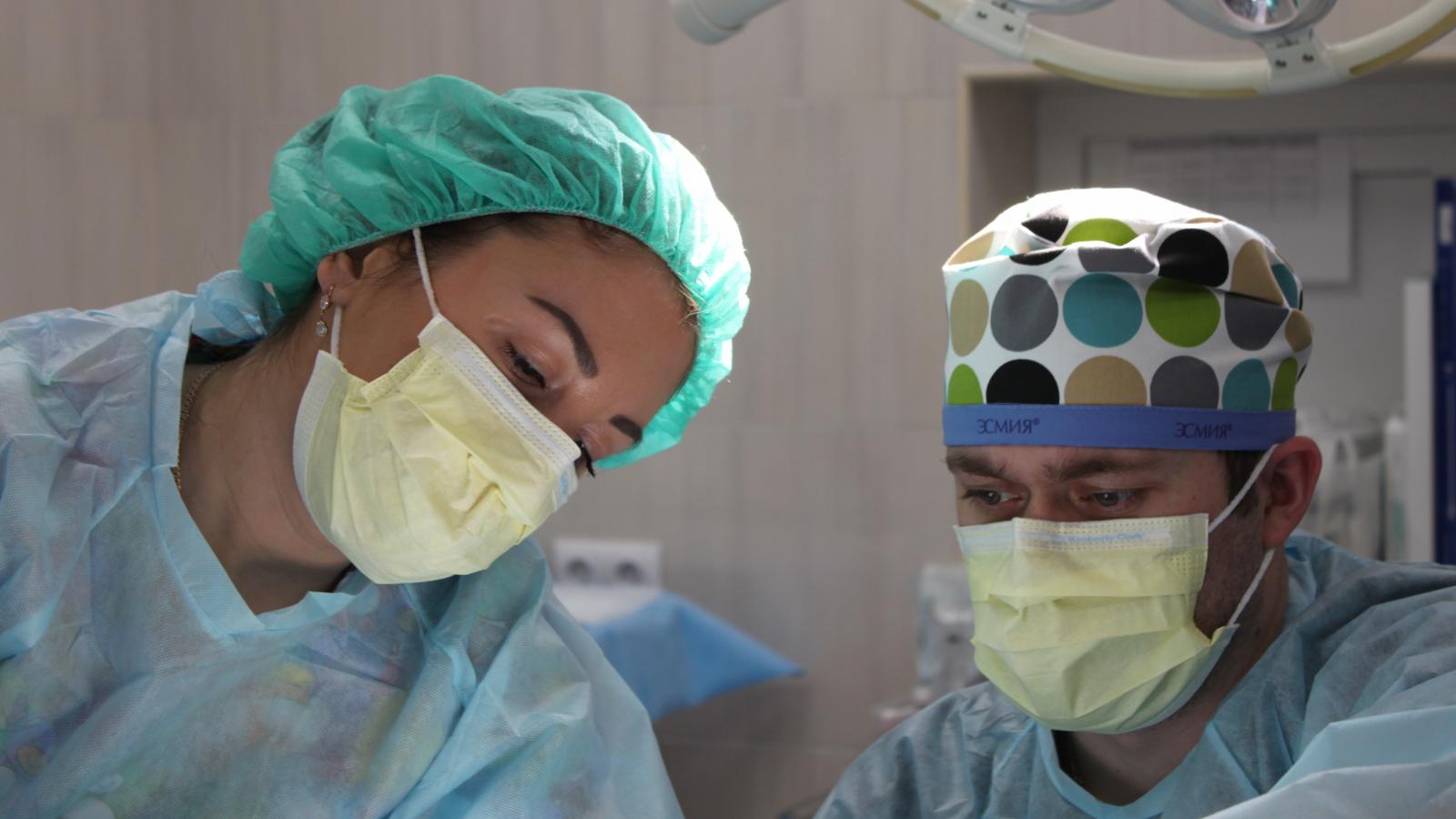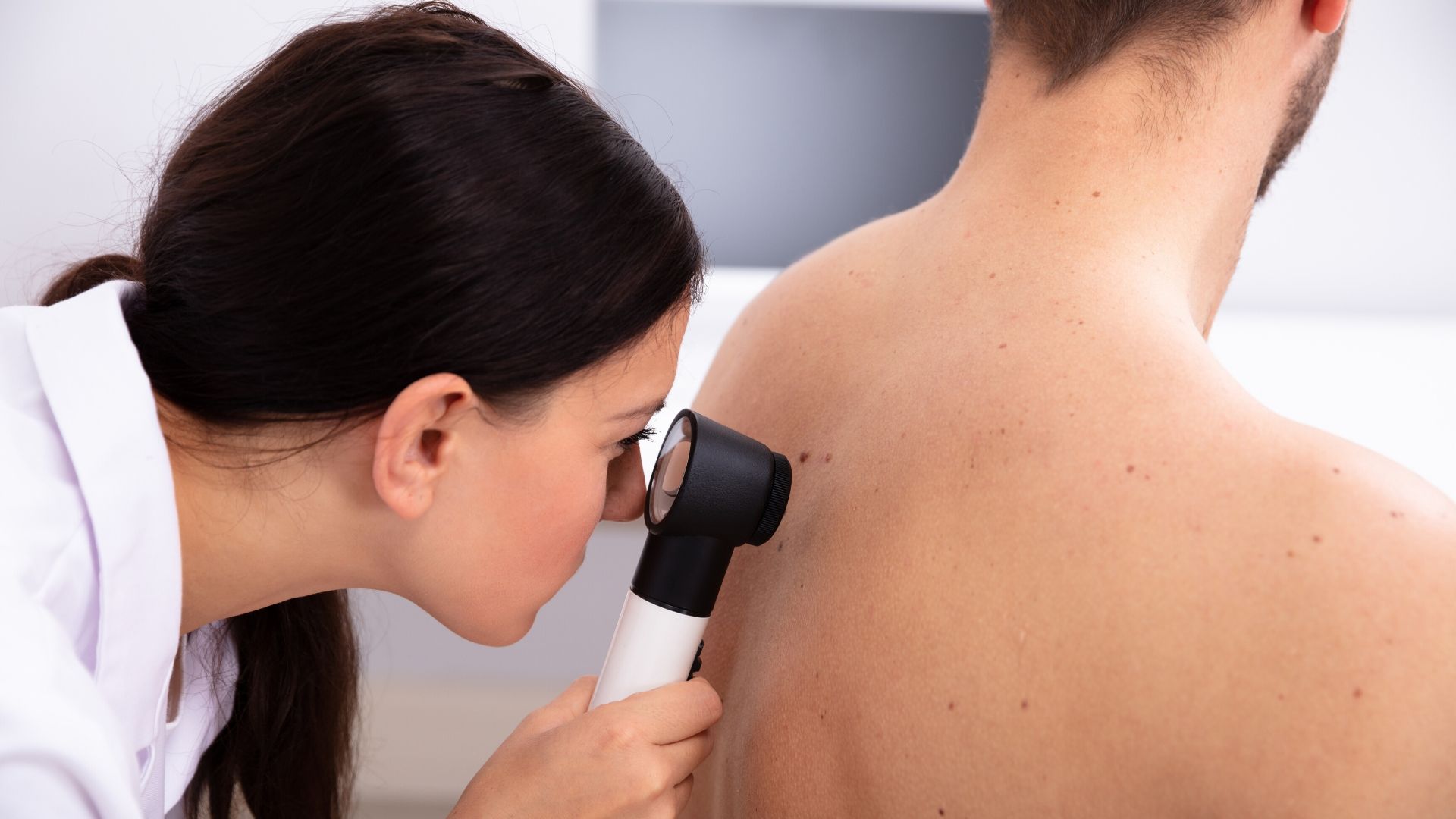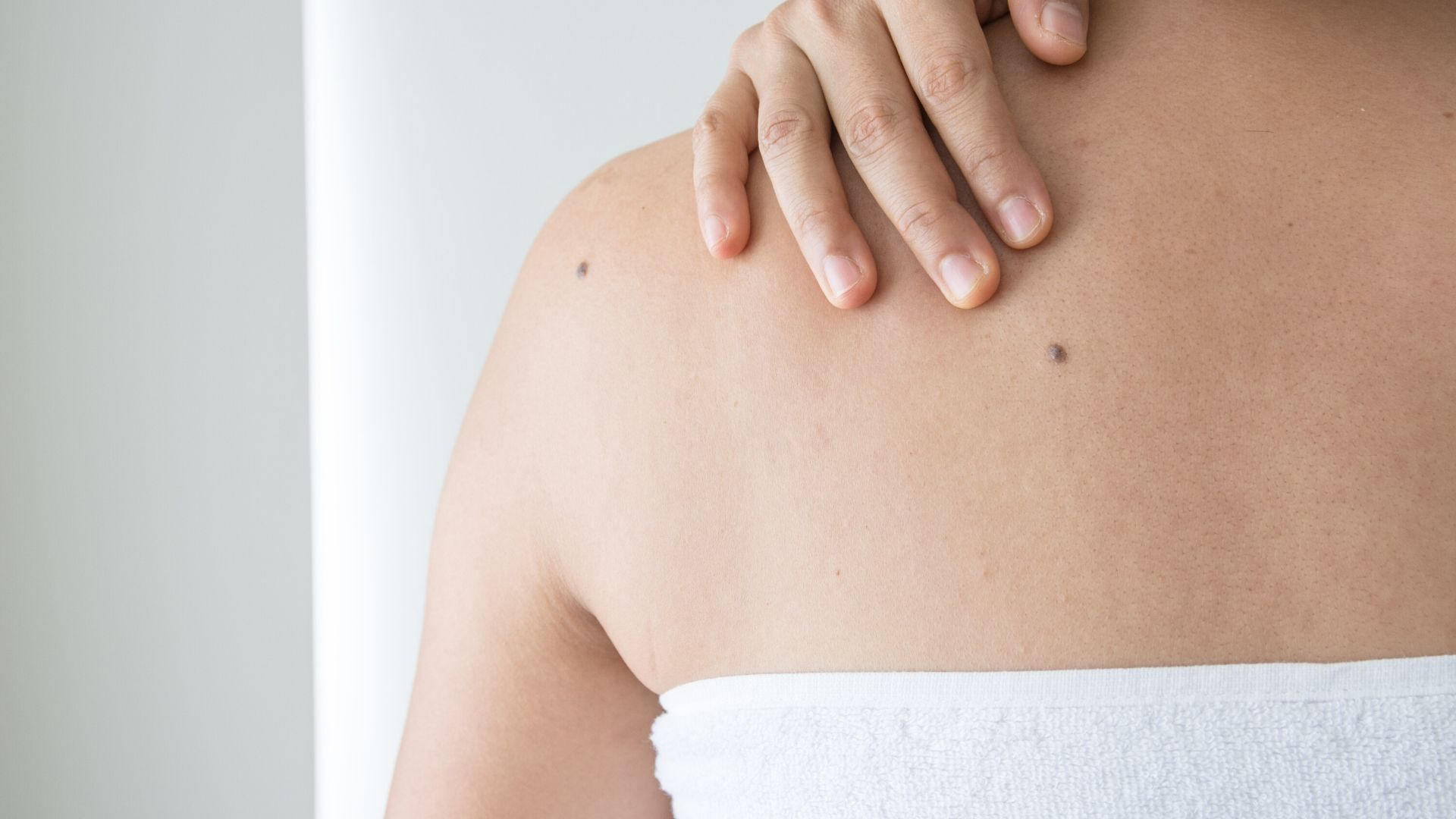Surgery for melanoma

On this page:
The aim of surgery is to remove the melanoma and the area close to it.
Wide local excision surgery
‘Wide local excision’ is surgery to remove the melanoma and an area of normal-looking skin around it and underneath it. This is done to reduce the risk of the melanoma coming back in the same area. The area of healthy tissue removed can vary. For example, it can be 1–4 cm of tissue, depending on the size of the melanoma. This surgery is normally done under local anaesthetic in the day surgery unit. Most melanomas are cured by surgery.
Skin grafts
If a wider area of skin is removed, the surgeon may need to do a skin graft. A graft means that layers of skin are taken from another part of your body (the donor site) and placed onto the wound. The skin can be taken from your thigh or upper arm.
The thickness of the skin taken depends on the depth of the area to be covered. Small skin grafts can often be done as day surgery, so you can go home the same day.
Once the skin is in place it is covered with a dressing. The graft is checked after several days to make sure it is healing properly. The donor site is also checked and dressed regularly. You may feel sore for a few days after the surgery, but you will be given painkillers.
Once the skin graft and the donor site are well healed, you can go home. This is usually 7–10 days after the operation. You might have to come back to the hospital for dressings. Don’t be put off by how the graft area is looking at first. The raw look will heal and fade in time.
Skin flap
Sometimes a skin flap is used. This is where the surgeon takes a thick layer of skin – with its own blood supply – from an area near the melanoma site and places it over the site to repair the wound.
Removing lymph nodes
If melanoma cells are found in your lymph nodes, your doctor may decide to remove some of the nodes. This helps to prevent cancer spreading to other parts of your body. The lymph nodes are removed in hospital under a general anaesthetic.
You may feel sore for the first few days after the operation but most people recover quickly.
In a very small number of cases, swelling may occur at the site of the removed lymph nodes. It may occur some time after the surgery. This is called lymphoedema. Contact your doctor or specialist nurse if you notice swelling or a feeling of heaviness, tightness, soreness or stiffness in the affected area. Read more about lymphoedema.

After melanoma treatment it’s important to protect your skin from the sun and check your skin regularly for any changes.
For more information
Phone
1800 200 700



